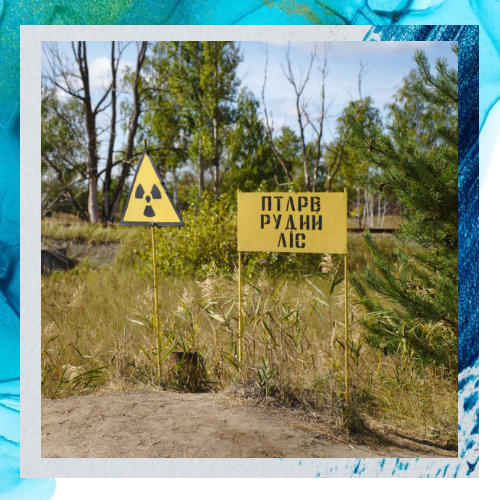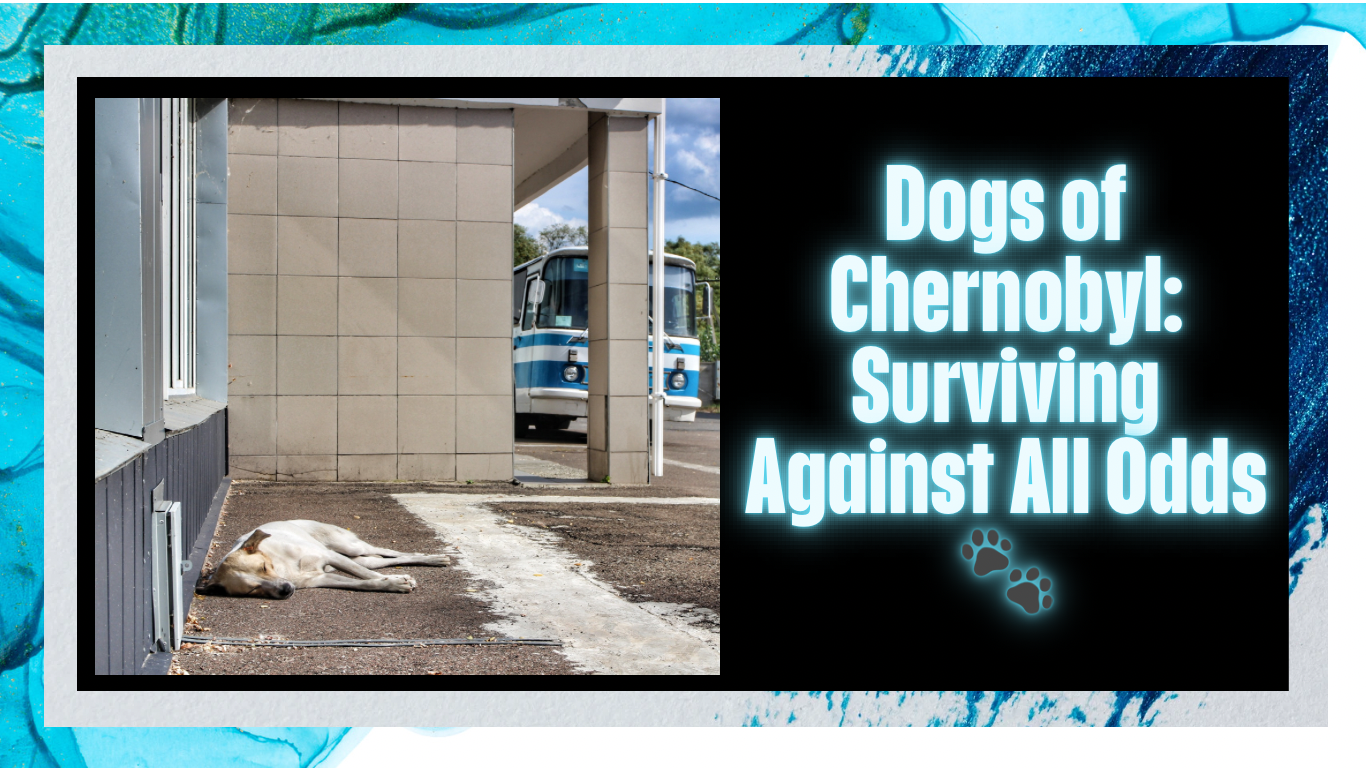The Chernobyl nuclear disaster that occurred in the year 1986 will never be forgotten as it left an adverse effect on the environment as well as the living creatures found in the area. Perhaps the most interesting can be dubbed as the dogs of Chernobyl, the canines of the evacuation pets left behind in the zone. These dogs have become acclimated to living in the exclusion zone, which means that they pose specific problems and provide specific knowledge about the human existence in the conditions that are hardly live worthy.
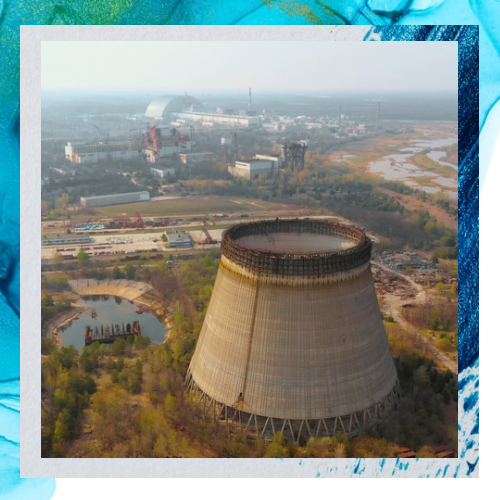
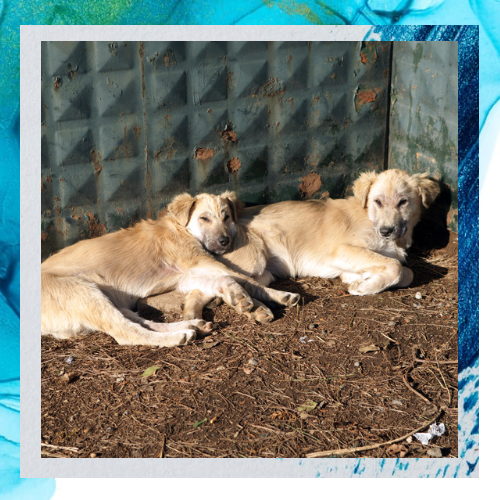
Origins and Survival
When the disaster struck, people had to evacuate Pripyat and other nearby regions with their pets. When the residents evacuated, attempts were made to capture these animals and destroy them, however, some managed to survive and reproduce thus forming the present day populations in the Chernobyl Exclusion Zone. These dogs are mainly located in and around the Chernobyl Nuclear Power Plant (CNPP) and Chernobyl City, about 250 dogs are believed to be living around the plant.
Unique Characteristics
Genetic Distinctiveness: The research indicates that Chernobyl dogs are different from other dogs in the gene composition. They are characterized by the high degree of genetic convergence that is considered to be the result of isolation and environmental factors. Genetic studies have also established a big distinction between the dogs at CNPP and those in Chernobyl City, which may suggest that there is little intermingling between these two groups of canines.
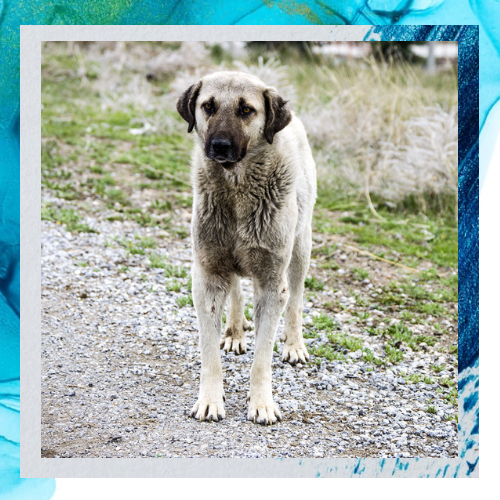
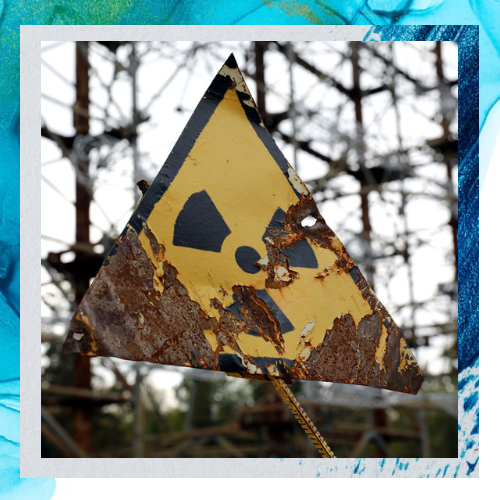
Adaption to Radiation: Radiation’s effects on their genes, if any, has not been established directly on these dogs, but they have learnt how to live in a radioactive environment. Their existence provides important information about the consequences of the exposure to radiation of large land animals.
Challenges Faced
In Chernobyl dogs there are many issues such as malnutrition and rabies infection from the wolves and other wild animals. The severe Ukrainian winters only make their lives even more difficult, but at CNPP some people feed and look after the animals.
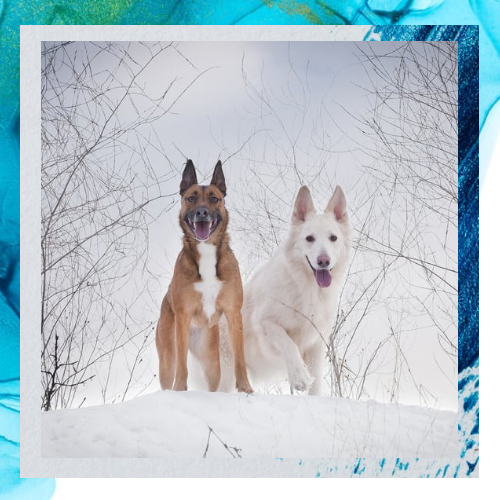

Conservation Efforts
Clean Futures Fund began the Dogs of Chernobyl project in 2017 to combat the problems of overpopulation and health concerns. This involves sterilization, neutering and vaccinating to help with the control of rabies and enhance the well being of the dog.
Interesting Facts
Community Bonds: These dogs are social and have structure of the population with the families that include dogs from different areas of the CEZ.
Human Interaction: The workers at CNPP have established a great mutual relationship with these dogs; the workers feed the dogs with leftovers from their meals.
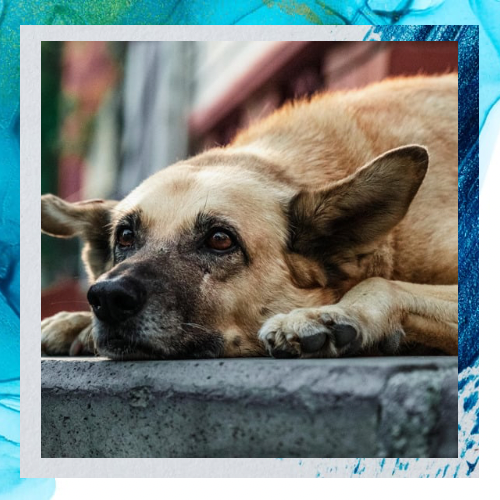
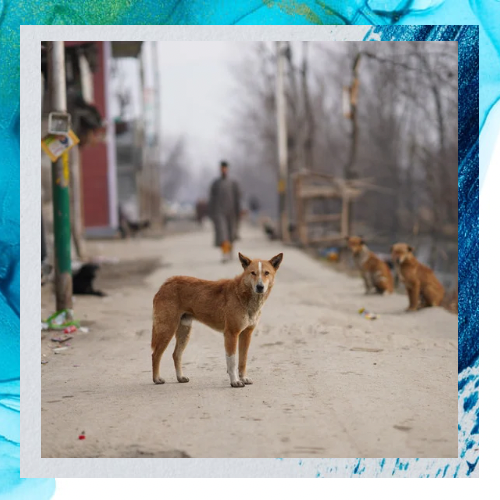
Potential Wolf Hybrids: There are unconfirmed rumors of crossbreeding between Chernobyl dogs and wolves although this is yet to be confirmed.
The Chernobyl dogs are not only the living witnesses of the nuclear disaster that happened in 1986, but also the examples of tenacity and adaption. Their living in such unkind conditions for many years now give a good study and at the same time show the strong relationship between human and animals.
References:
1. Clean Futures Fund. “Dogs of Chernobyl.” https://www.cleanfutures.org/dogs-of-chernobyl/
2. PMC. “The dogs of Chernobyl: Demographic insights into populations.” https://pmc.ncbi.nlm.nih.gov/articles/PMC9984172/
3. Science Media Centre. “Study shows dogs living near Chernobyl are genetically unique.” https://sciencemediacentre.es/en/reactions-study-shows-dogs-living-near-chernobyl-are-genetically-unique
4. Science Advances. “The dogs of Chernobyl: Demographic insights into populations.” https://www.science.org/doi/10.1126/sciadv.ade2537
